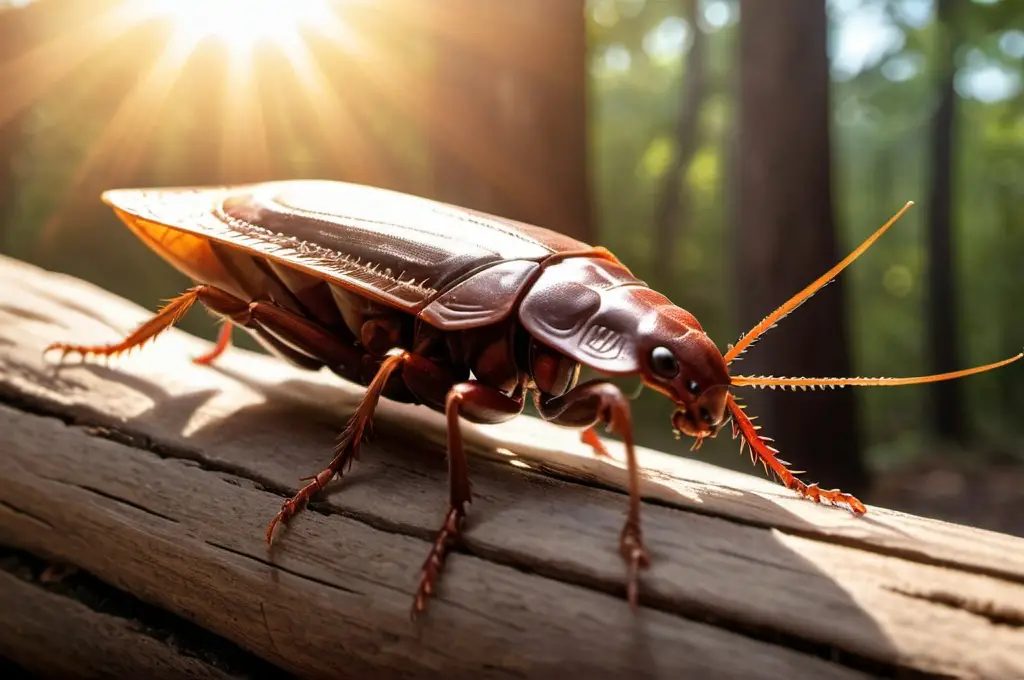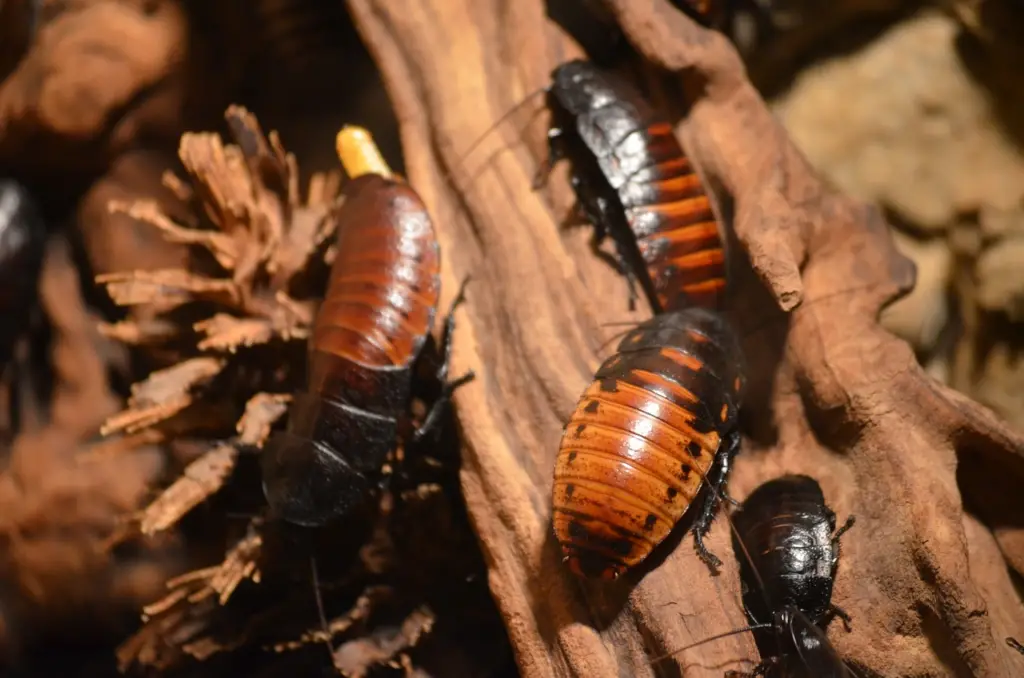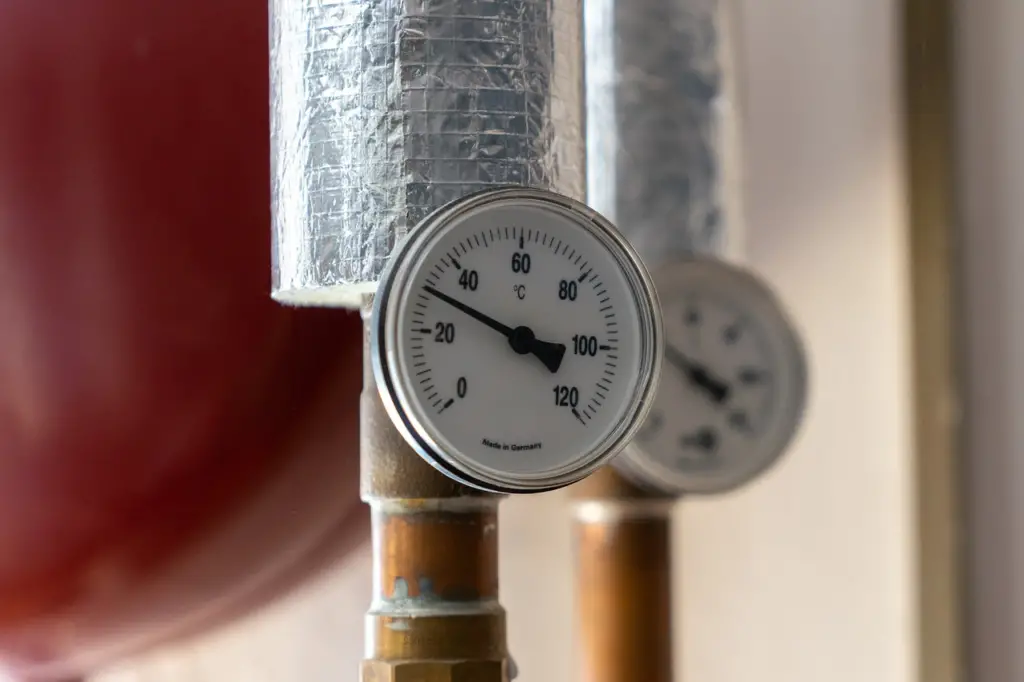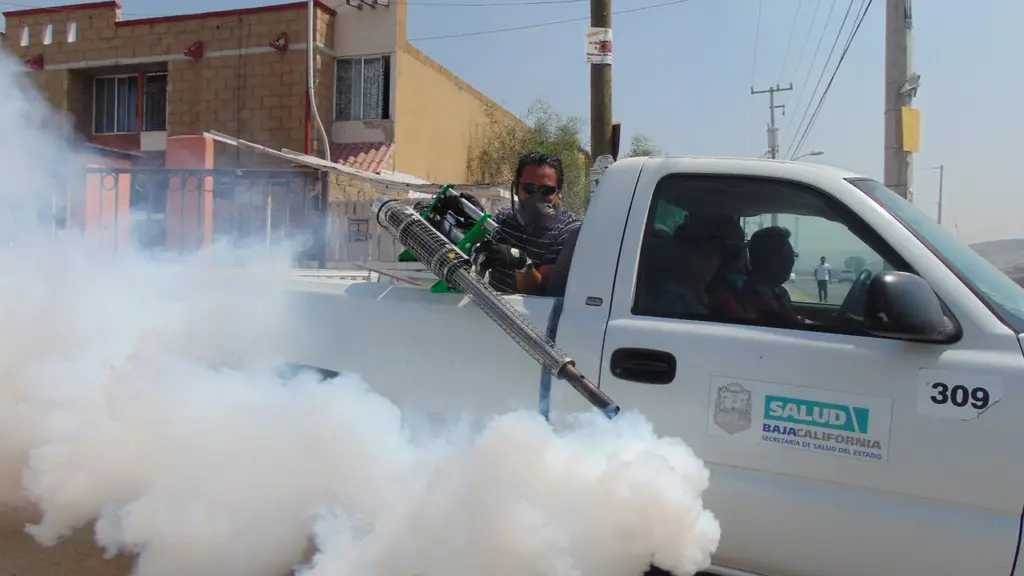Pest Lockdown
Do Cockroaches Like the Heat? Dealing with Summer Roaches

Cockroaches are one of the most resilient and adaptable pests on the planet. They have survived for millions of years, thriving in various environments. A common question that arises when dealing with these insects is, “Do cockroaches like the heat?”
This article delves into the behavior, biology, and environmental preferences of cockroaches, with a focus on their relationship with heat.
The Biology of Cockroaches
Cockroaches are ectothermic, or cold-blooded, meaning their body temperature is regulated by external environmental conditions. This characteristic significantly influences their behavior and habitat selection. There are over 4,500 species of cockroaches, but only a few are considered pests. The most common pest species include the German cockroach (Blattella germanica), the American cockroach (Periplaneta americana), the Oriental cockroach (Blatta orientalis), and the brown-banded cockroach (Supella longipalpa).
Temperature Preferences
Cockroaches generally prefer warm environments, as heat accelerates their metabolic processes, promoting faster growth and reproduction. The optimal temperature range for most cockroach species is between 77°F and 86°F (25°C to 30°C). However, different species have varying temperature tolerances:
- German Cockroach: Thrives in warm and humid environments, typically found in kitchens and bathrooms.
- American Cockroach: Prefers warmer temperatures and can often be found in sewers, basements, and other warm, damp areas.
- Oriental Cockroach: Tolerates cooler temperatures but still prefers warmth, often found in cooler, damp places like basements and crawl spaces.
- Brown-Banded Cockroach: Prefers warmer and drier environments, often found in higher locations like ceilings and upper cabinets.

How Heat Affects Cockroach Behavior
Increased Activity
Heat generally increases cockroach activity. Higher temperatures boost their metabolic rate, leading to increased feeding, mating, and movement. This is why cockroach infestations often seem worse during the warmer months of the year. As temperatures rise, cockroaches become more active in searching for food and water, leading to higher visibility and more frequent encounters with humans.
Reproduction Rates
Warm temperatures significantly influence the reproductive cycle of cockroaches. At optimal temperatures, cockroaches can reproduce at a much faster rate. For instance, the German cockroach can produce an egg case (ootheca) every 20-25 days under ideal conditions, each containing 30-40 eggs. Higher temperatures can shorten the incubation period, leading to quicker hatching and more rapid population growth.
Habitat Selection
Cockroaches are adept at seeking out warm environments. They often inhabit areas close to heat sources, such as behind refrigerators, near ovens, or inside electronics. These locations not only provide warmth but also offer shelter and access to food and moisture.
Seasonal Movements
During colder months, cockroaches tend to move indoors, seeking warmth and shelter. This seasonal movement is driven by their need to maintain a suitable body temperature to survive. In heated buildings, they can remain active year-round, although their activity levels may decrease slightly during the winter.

Heat as a Control Method
Given that cockroaches prefer warm environments, using heat can be both a strategy to control and an unintended aid in their proliferation. Understanding how heat can be utilized in pest control is crucial for effective management.
Heat Treatments
Professional pest control services sometimes use heat treatments to eliminate cockroach infestations. This method involves raising the temperature of an infested area to levels lethal to cockroaches, typically above 120°F (49°C). Heat treatments can effectively penetrate areas that are difficult to reach with traditional insecticides, such as wall voids and crevices. This method is particularly useful for treating large infestations and can be a part of an integrated pest management (IPM) approach.
Environmental Management
Maintaining lower temperatures in certain areas can help reduce cockroach activity and reproduction rates. For instance, keeping food storage areas cool and dry can make them less attractive to cockroaches. Additionally, sealing cracks and crevices and eliminating sources of warmth, such as exposed pipes and heat leaks, can help deter cockroach infestations.
Cockroach Adaptability and Survival Strategies
Despite their preference for warm environments, cockroaches are incredibly adaptable and can survive in a wide range of temperatures. This adaptability is one reason why they are such successful pests.
Cold Tolerance
While cockroaches prefer warmth, they can tolerate colder temperatures to some extent. However, extreme cold can be lethal to them. For example, exposure to temperatures below 32°F (0°C) for prolonged periods can kill cockroaches. Some species, like the Oriental cockroach, have a higher tolerance for cold but will still seek out warmer environments when possible.
Behavioral Adaptations
Cockroaches exhibit various behaviors to survive temperature extremes. During hot weather, they may seek out cooler, shaded areas during the day and become more active at night when temperatures drop. Conversely, in colder conditions, they will find warmer hiding spots and reduce their activity to conserve energy.
Evolutionary Adaptations
Cockroaches have evolved several physiological adaptations that enable them to survive in diverse environments. Their hard exoskeleton provides protection and helps retain moisture, while their ability to slow down their metabolism allows them to survive for extended periods without food. These adaptations make cockroaches formidable survivors, capable of thriving in both natural and human-made environments.

Preventing and Managing Cockroach Infestations
Effective cockroach control requires a comprehensive approach that combines preventive measures, sanitation, and targeted treatments. Understanding the role of heat in cockroach behavior can help in developing effective strategies.
Sanitation and Hygiene
Maintaining a clean environment is crucial in preventing cockroach infestations. Regular cleaning removes food and water sources that attract cockroaches. Key practices include:
- Regular Cleaning: Keep kitchens, bathrooms, and food storage areas clean and free of crumbs, spills, and food residues.
- Proper Food Storage: Store food in airtight containers and avoid leaving food out overnight.
- Trash Management: Dispose of garbage regularly and use sealed trash bins to prevent access to food waste.
- Moisture Control: Fix leaks and eliminate standing water to reduce moisture levels, making the environment less hospitable to cockroaches.
Exclusion and Habitat Modification
Preventing cockroaches from entering your home or building is a critical step in control. This can be achieved through:
- Sealing Entry Points: Caulk cracks and gaps around windows, doors, pipes, and utility lines to prevent cockroach entry.
- Reducing Clutter: Minimize clutter, especially in storage areas, to reduce hiding spots for cockroaches.
- Environmental Adjustments: Keep living areas cool and dry, and eliminate unnecessary heat sources that may attract cockroaches.
Chemical and Biological Control
In cases of established infestations, chemical and biological control methods may be necessary:
- Insecticides: Use baits, sprays, and dusts specifically designed for cockroach control. These products should be applied according to the manufacturer’s instructions and preferably by a professional.
- Growth Regulators: Insect growth regulators (IGRs) can disrupt the cockroach life cycle, preventing them from reaching maturity and reproducing.
- Biological Control: Natural predators, such as certain species of wasps, can help control cockroach populations. However, this method is less commonly used in indoor settings.
Here are some of our favorite products that we have personally tested and noticed great results:
- VERSATILE! Easy to use, water resistant, adjustable structure allows for maximum versatility in all kinds of spaces like under sinks, behind toilets, and behind appliances.
- CLEAN! Safe and odor free. Great for homes with children and pets, and sensitive (or squeamish) adults.
- POWER! The secret to our amazing trapping power, the HOY HOY Trinity, combines a welcome mat, irresistible bait, and the stickiest wavy glue.
- TIDY! Design features include a pick up knob, for easier, less anxious disposal. Reduces the “ick” factor.
- WE’RE #1! Japan’s best selling roach trap, backed by 100+ years experience in pest control, with 2500 million units sold in 100+ countries, now is available to you!
- KILLS ON CONTACT: Hot Shot Fogger With Odor Neutralizer kills on contact and controls heavy infestations – and keeps killing for up to 2 months.
- KILLS HIDDEN BUGS: Creates a fine, penetrating mist that reaches deep into cracks and crevices to kill the bugs you see and kill the bugs you don’t see.
- WHERE TO USE: Use in enclosed spaces such as apartments, attics, basements, barns, boat cabins, cabins, campers, crawl spaces, garages, homes, households, sheds, storage areas and trailers.
- NON-STAINING: This clear, non-staining formula won’t leave a wet, messy residue.
- EACH CAN COVERS 2,000 CU FT: Treats 2,000 cubic feet of unobstructed space
Sale
Maxforce FC Magnum Roach Gel Bait (Two 33g Tubes)
- For use in: indoors or outdoors, in commercial or residential areas. Keep tightly capped and use within 2 years.
- Application: Do not spray near baits, do not use heavy detergents or cleaners, or do not use in very dusty area.
- Gel will dry out and get a dry skin on top but roaches will still eat it up to a year. However, if contaminated or gone, reapply.
- Pet safe: yes, when used as directed ALWAYS READ THE LABEL BEFORE USE!!
Conclusion
Cockroaches are highly adaptable insects with a preference for warm environments. Their behavior, reproductive rates, and habitat selection are significantly influenced by temperature. Understanding the relationship between cockroaches and heat can aid in developing effective control strategies. While heat can be used as a treatment method, maintaining cooler and drier environments can help prevent infestations. Comprehensive cockroach management involves a combination of sanitation, exclusion, and targeted treatments to keep these resilient pests at bay.
By taking proactive measures and understanding their environmental preferences, you can reduce the likelihood of a cockroach infestation and maintain a healthier, more comfortable living space.
Frequently Asked Questions
When is cockroach season?
Cockroach season typically peaks during the warmer months of the year, from late spring through early autumn. During this time, the higher temperatures accelerate their metabolism, leading to increased activity, feeding, and reproduction. As a result, infestations often become more noticeable in the summer, although cockroaches can be active year-round in heated indoor environments.
Do cockroaches like hot or cold?
Cockroaches prefer warm environments and thrive in temperatures ranging from 77°F to 86°F (25°C to 30°C). Heat enhances their metabolic processes, promoting faster growth and reproduction. While they can survive in cooler conditions, extreme cold can be lethal to them. Therefore, cockroaches are more commonly found in warm, humid areas rather than cold ones.
Do roaches come out in the summer?
Yes, roaches are more active and visible in the summer. The warm temperatures increase their metabolic rate, causing them to seek out food, water, and mates more aggressively. This heightened activity often leads to more frequent encounters with humans as they move around more and explore new areas in search of resources.
Do cockroaches like the sun?
Cockroaches do not like direct sunlight. They are primarily nocturnal and prefer dark, secluded areas where they can hide from predators and conserve moisture. Exposure to light can cause them to scatter and seek cover. This is why they are often found in dark places like under appliances, inside wall voids, and in crevices.



